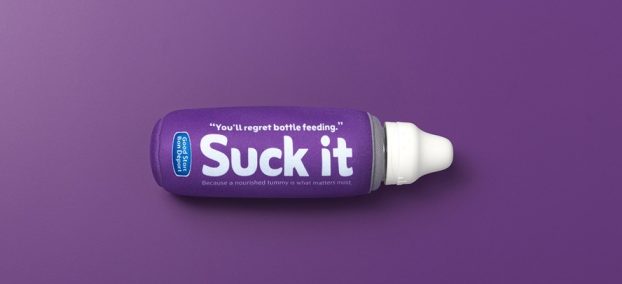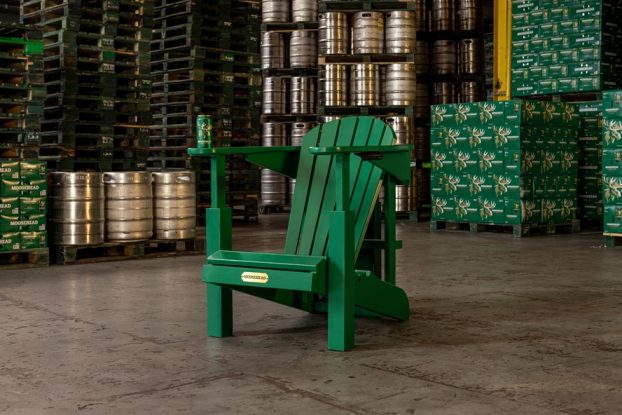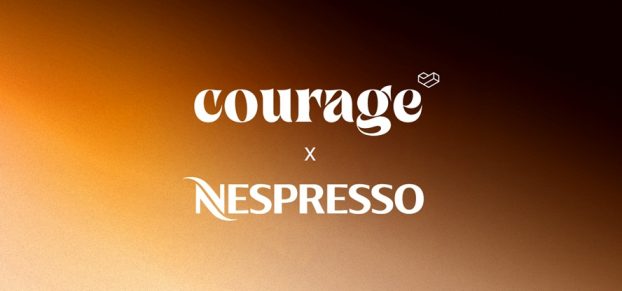It’s no wonder that some grownups envy today’s kids. Just look at all the neat stuff they get that we never had.
Consider the hallowed cereal-box giveaway. Once upon a time, youngsters would be overjoyed to find a cheap little plastic figurine tucked into a pack of Shreddies. Not anymore. Nowadays, kids’ cereal manufacturers have to come up with vastly more impressive premiums to match the sophisticated tastes of their youthful target audience.
Certainly that’s the thinking over at General Mills. In the next few weeks, the Mississauga, Ont.-based packaged goods company will be putting a series of popular Hasbro CD-ROM games into boxes of Cheerios, Honey Nut Cheerios, Frosted Cheerios, Lucky Charms, Nesquik, French Toast Crunch and Honey Nut Chex.
In all, six full-version games will be offered: Clue, Monopoly Junior, Tonka Search & Rescue, Yahtzee and Boggle. A see-through window on each box will let consumers know which game is inside, so that they can collect all six. ‘[It means that shoppers] are immediately satisfied with their purchase,’ says Karen Johnston, promotions manager at General Mills.
The Hasbro CD-ROMs are a good fit with the brands in question, since they’re all family games, Johnston says. And the names should be instantly recognizable to the principal grocery shoppers in most households.
Johnston says General Mills ran a similar promotion in the U.S. market last year, with solid results. While the venture is expensive – the value of each game runs as high as $20 – the company expects it to break through the clutter on Canadian supermarket shelves and capture the attention of jaded youngsters.
Promotional trends in the cereal business go through cycles, Johnston says. On-pack, mail-in offers were popular several years ago. Lately, however, the pendulum has swung back toward in-pack freebies. ‘People like immediate gratification,’ she says.
Manufacturers are also trying to bring some rationalization to the whole area, reducing the profusion of promotions and offering them for better-defined lengths of time. Timing, however, remains a delicate balancing act. You have to make sure it’s in the market long enough that consumers find out about it, Johnston says – but not so long that they become bored with it.
Mark Childs, vice-president of marketing with Etobicoke, Ont.-based Kellogg Canada, says the pressure is definitely on cereal manufacturers to come up with promotional innovations.
‘You can only do cards and stickers so many times, and then you have to find something new that connects with the audience,’ he says. ‘We’re always trying to challenge ourselves to come up with new ways of delivering promotions that are more engaging and more involving.’
In the next few weeks, for example, Kellogg will introduce a major in-pack giveaway for Corn Puffs. Specially-marked boxes will include an exclusive CD-ROM featuring the Irish boy band Westlife. The group, which has already scored hits in the U.K., is now looking to break through in the North American market – and Kellogg wants to tap that momentum.
Plugging into a trend at the right time can pay off big for a cereal manufacturer. In the fall of 1999, for example, Kellogg partnered with Nintendo to offer bilingual Pokémon collector cards in boxes of several brands, including Rice Krispies and Froot Loops. ‘What we ended up doing…was actually creating an item that had huge appeal, because no one was creating bilingual cards [for the Canadian market],’ Childs says.
(Kellogg has been attempting to tie the Corn Puffs brand to pop music for some time. While details about their deal are confidential, Childs says the company has a longstanding relationship with BMG, and has promoted several of its artists in the past, including ‘N Sync and Britney Spears. It’s a win-win situation, he says: the record label gets exposure for new artists, and Kellogg gets something that Corn Puffs buyers like.)
Given kids’ enthusiasm for the Web, it’s not surprising to find that the Internet has begun to play a role in cereal-box promos. Take Kellogg’s ‘Team Tiger’ venture for the Frosted Flakes brand. Now in its second full year, the promotion features a card in every pack highlighting young Canadian athletes. There’s also a password number on each card that allows kids to collect virtual prizes by participating in online games.
Childs says interactive efforts like this suit the sensibilities of contemporary youngsters. ‘Kids are looking for more involving experiences,’ he argues.
While there’s no one-size-fits-all solution to creating cereal-box giveaways, Childs says there are some keys to any successful program: innovating, engaging the consumer and creating value while maintaining brand character. ‘It’s about finding the right connective properties that work for the target audience, and finding a new and fresh way of bringing it to life. At the end of the day, that’s what we’re trying to do.’
Also in this report:
– The giveaway stakes have escalated: Advertisers getting more creative, experts say p.25
– Freebies top fast-food marketing menu p.26






















